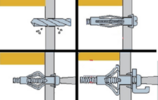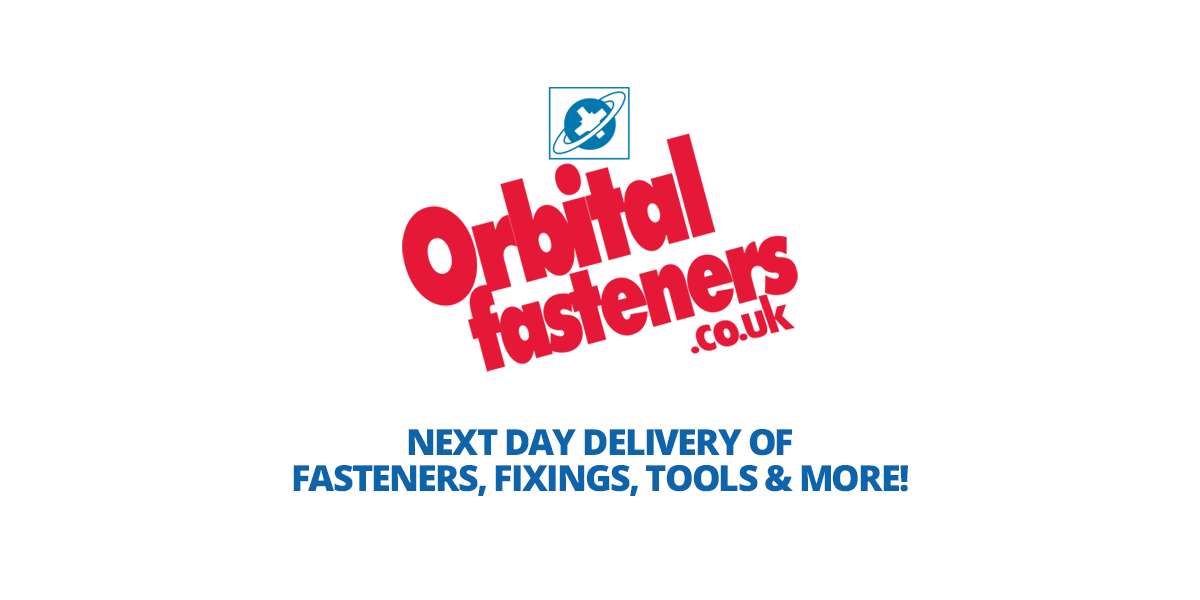D
Deleted member 174758
Lucky you. Every one I've visited im Manchester, Birmingham and Leeds in the last 10 years has been MF. Lighter and faster to install, also supposedly better in fires - very important in 30 storey plus bulidings after Grenfell wouldn"t you say. Timber frame stuff I've seen rarely exceeds 6 storeys whether conventional or CLTWe have a few clients who build apartment blocks in timber frame, no MF to be seen there.
.



